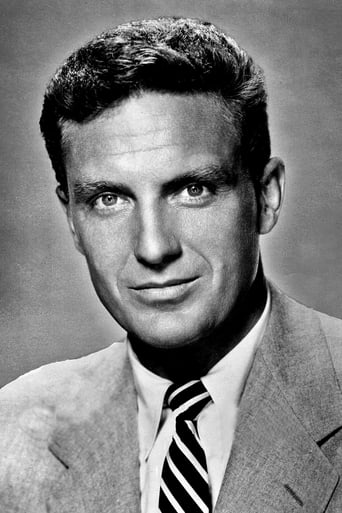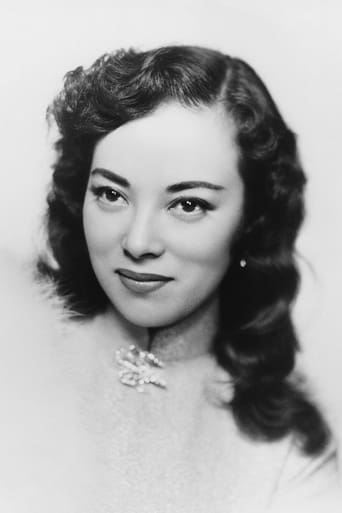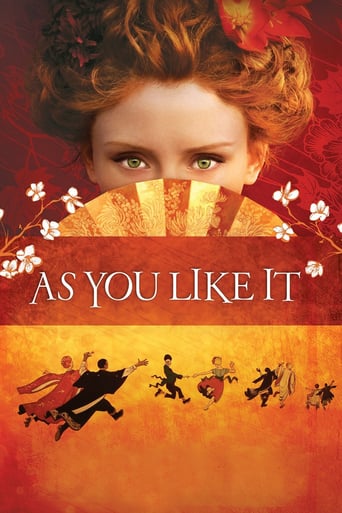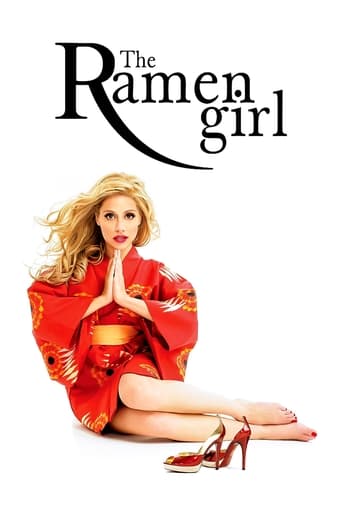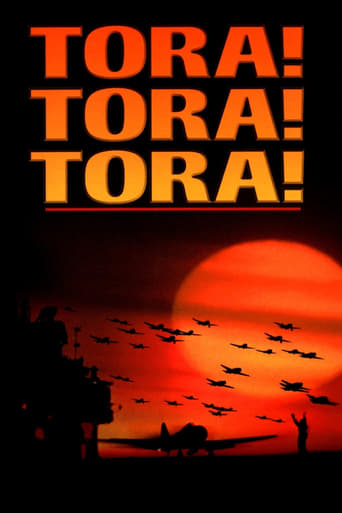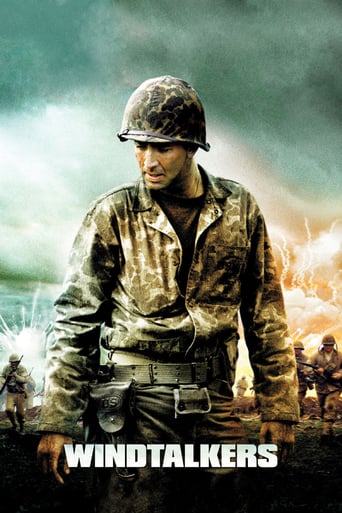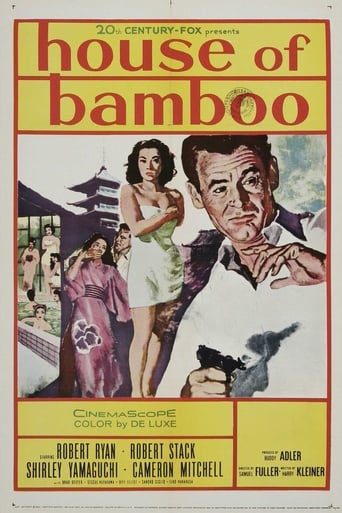

House of Bamboo (1955)
Eddie Kenner is given a special assignment by the Army to get the inside story on Sandy Dawson, a former GI who has formed a gang of fellow servicemen and Japanese locals.
Watch Trailer
Cast


Similar titles
Reviews
No need to recap the plot. The movie's one-third caper film, one-third romance, and one- third travelogue. Cult filmmaker Fuller tries to bring them together, but only partially succeeds, despite that colorful climax with the revolving globe and the rooftop view of Tokyo. Two of Fuller's usual concerns prevail here as elsewhere—culture clash and military organization.Mariko and Eddie must work through their cultural differences before establishing a real relationship. Screenwriter Fuller spends a lot of time with this, maybe too much since it drags out the pacing. However, I suspect he was revealing a timely cultural glimpse to American audiences—remember this was less than a decade after the war and, generally, Americans knew very little about their new Cold War partners or traditional Japanese society.Surprisingly, the robbery capers are dealt with only briefly and without the expected rising tension. In fact, Fuller seems more interested in the para- military discipline that defines the gang than in the robberies themselves, an aspect that produces more talk than action. Getting the great Robert Ryan (Sandy) as the gang's "5-star general" was the real casting coup since it's his fierceness that delivers the film's main impact. (In passing—Griff's {Mitchell} attachment to Sandy appears ambiguous enough to be interesting for the time.)Frankly, I liked the travelogue parts best. Fuller does a good job working these into the story, while the scenes themselves of Japanese landmarks and street crowds are colorful as heck. Anyway, the movie's too uneven and diffuse to have real impact. Still, it does remain a visual treat despite the passing decades.
An Army cop goes to Tokyo posing as an American mobster to track down the men responsible for killing fellow soldiers. This is a remake of the 1948 film noir "The Street with No Name," with the locale changed to Japan. While the location shooting adds authenticity, this one falls short of the original, which was nothing great to begin with. The acting is mostly uneven. Ryan plays the heavy, the sort of role he could play in his sleep. Stack tries so hard to make the cop into a tough guy that he seems to be doing an impression of Humphrey Bogart. Hayakawa, who would next appear in "The Bridge on the River Kwai," has a minor role as a Japanese official. Not one of Fuller's better films.
Sam Fuller's remake of 1948's, 'The Street With No Name', this is wonderful. It may not be full on noir, certainly it is in colour and cinemascope, but for me with family in Japan and a fascination for Tokyo, this is breathtaking. It helps, of course, that the cinematography is so sublime and that Fuller is so taken with the place that he includes so many incidental details, like street vendors and talk of the minutiae of Japanese culture. The story itself follows closely the earlier documentary style except here, surely, the settings are more dramatic. The movie does slow a bit after halfway but picks up magnificently for the final magnificent finale. Sandy Dawson is as effective as he was in the original and indeed all the many Americans and Japanese acquit themselves well . A good film by any standards this is a must see for anyone with the slightest interest in seeing 50s Tokyo.
This film (which I had previously watched several years back on Italian TV but that viewing suffered from very poor reception at times) is a remake of THE STREET WITH NO NAME (1948) – which, interestingly, comes from the same scriptwriter (Harry Kleiner), cinematographer (Joe MacDonald, now adopting color and Cinemascope) and production designer (Lyle R. Wheeler, though the setting has been relocated from the U.S. to Japan)! The earlier plot line is followed very closely but, apart from this exotic change in locale, there are a couple of other effective differences: whereas in the original the gangster was involved with a woman, here it’s the hero (which actually heightens the danger prevalent in the undercover operation); incidentally, this time around we only learn his real identity half-way through – while the fact that she is Japanese adds an unexpected but sensitively-handled element of miscegenation.The gangster is essayed by a typically impressive Robert Ryan (memorably introduced as the hero is almost literally shoved into his lap, his portrayal here is remarkably restrained but grows in intensity as the film progresses), Robert Stack, the hero, is well cast as an army investigator (rather than an F.B.I. agent) and the woman by an excellent Shirley Yamaguchi; even so, the gangster’s moll character played by Barbara Lawrence in the 1948 film is present here in the figure of Cameron Mitchell, the outfit’s second-in-command (suggesting homosexuality – the latter even throws a fit when his role is usurped by new recruit Stack – and, therefore, marking yet another novel/mature aspect in HOUSE OF BAMBOO; incidentally, Mitchell’s demise is one of the film’s highlights)! The role of the hero’s associates – in this case, an amalgam of U.S. and Japanese personnel, embodied by Brad Dexter and Sessue Hayakawa – is much reduced here, while the presence of a second undercover agent (played in the original by John McIntire) is omitted entirely; by the way, in the cast is also Maltese actor Sandro Giglio but, not being overly familiar with his physical features, I didn’t recognize him.Given director Fuller’s involvement, brutality is even more to the fore in this version – while the exciting climax takes place on a larger scale than before i.e. inside an amusement park; the Widescreen format allows for controlled but striking compositions throughout, particularly during the action sequences (which include a couple of raids by the gang). In the end, the two films are pretty much on a par: the first may have a more genuine noir feel to it perhaps but, at the same time, it lacks the individualistic touch afforded the remake by Fuller’s hand (who collaborated personally on the script, as was his custom) – a more stylish but dispassionate approach which keeps close-ups to the barest minimum. It’s worth mentioning here that another valid contribution to the film’s overall value comes courtesy of Leigh Harline’s fine music score.P.S. Just as I’ll probably get to William Keighley’s BULLETS OR BALLOTS (1936) earlier than expected in view of THE STREET WITH NO NAME, I’ll be giving a spin to a couple of unwatched Fullers as well – namely THE STEEL HELMET (1951) and RUN OF THE ARROW (1957) – thanks to this one; besides, I guess I should make some time for a viewing of THE YAKUZA (1975) too, being another Oriental noir I’ve long wanted to check out…



